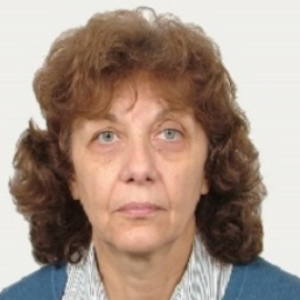Title : U determination in wine and honey from Bulgaria
Abstract:
Uranium is a toxic metal with low radioactivity which is ubiquitous in the environment. As a result of its natural occurrence, it can be found at different concentrations and in the form of different compounds in rocks, water, soil and air. Additionally, uranium can also enter the environment from anthropogenous sources – for example via the application of phosphate containing fertilizers. Uranium exhibits a chemical toxicity which can, in the case of continuous intake, lead to e.g. nephrotoxicity. Uranium is not readily transferred from soil to crops, and also has a low transfer factor from grass to animals. Nevertheless, as a component of the natural environment, uranium is likely to be present as a trace constituent in all foodstuffs. In the present study U is determined in wine and honey – traditional Bulgarian products. The idea is to find correlation between U content in soil and wine produced from grapes grown and U content in monoforal honey and U content in respective plants from the same region. The regions selected are characterized with relatively high background values for U. Bioavailable content of U in soil was determined using two extractants – 0.04 M acetic acid and 0.05 M EDTA (ammonium salt) widely accepted as suitable for assessment of mobile U, which might be accumulated by plants. In order to fulfil these tasks analytical procedures has to be developed for U determination by sensitive instrumental methods ICP-OES, ICP-MS. Systematic interference studies were performed for the influence of major components of in wine and honey on the accuracy of U determination. Suitable element was proposed for internal standard calibration. In addition, for very low concentrations, solid phase extraction was applied using ion imprinted polymer as a sorbent. Results, obtained showed relatively low correlation coefficients between U content in soil (for both extracts) and U content in wine. Most probably plant physiology prevents biouptake of U from soil. Almost the same is valid for honey. Very low correlation coefficients were defined between monofloral honey and U content in plants. From such point of view honey could not be accepted as suitable bioindicator for environmental pollution.




